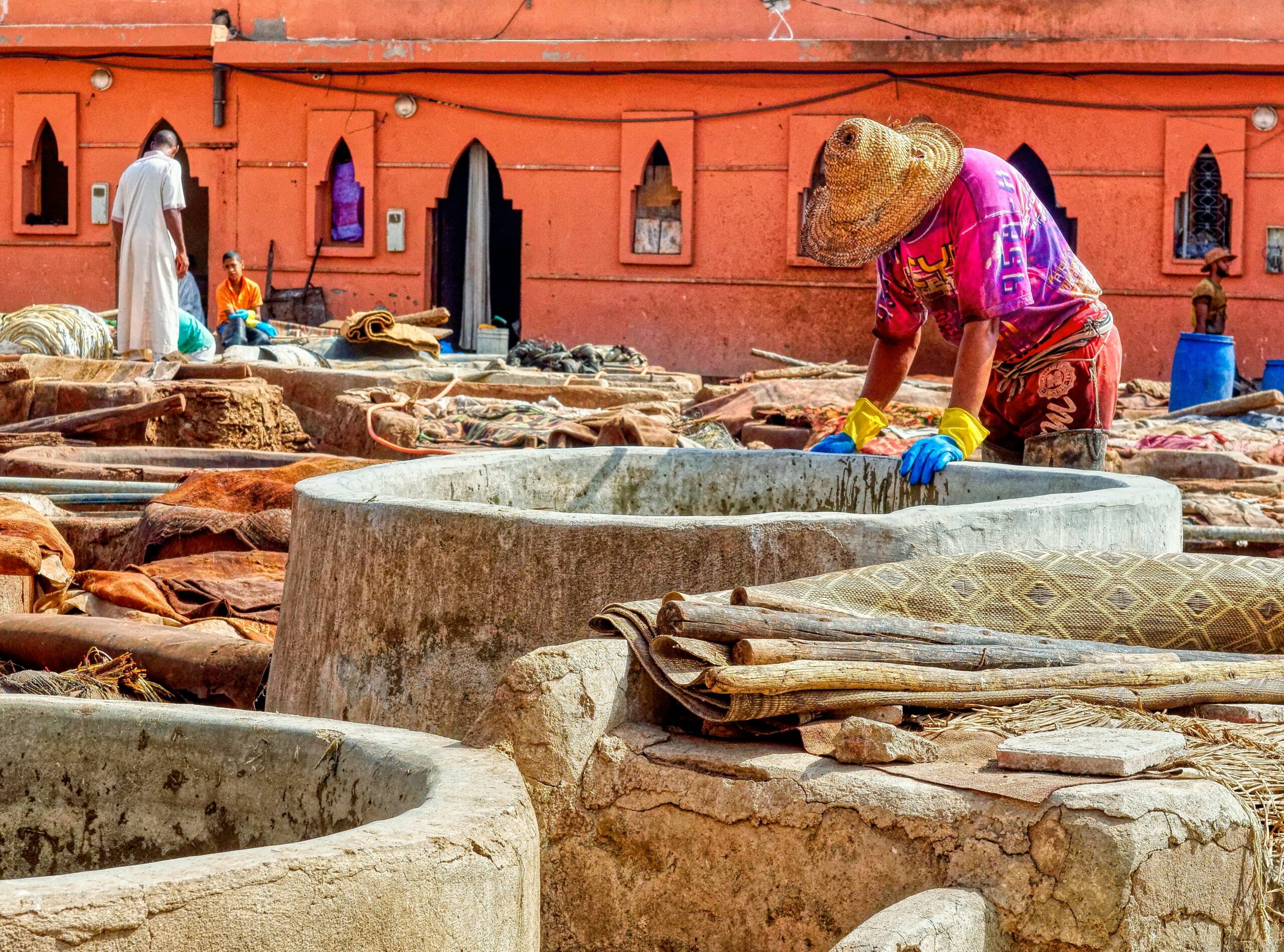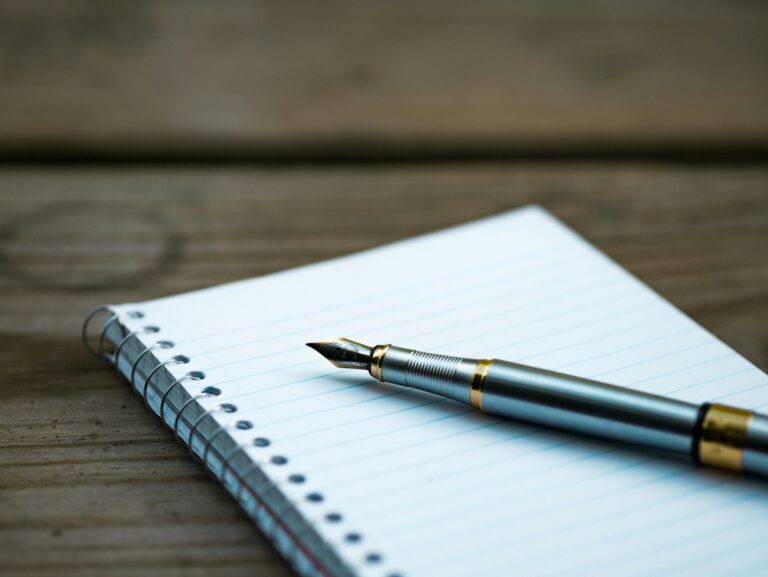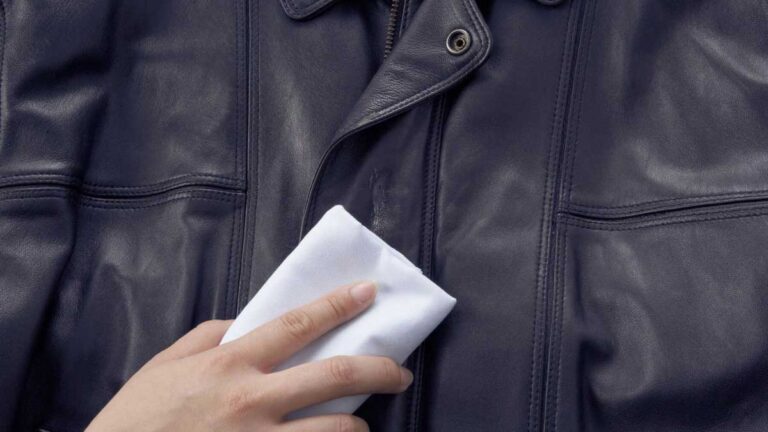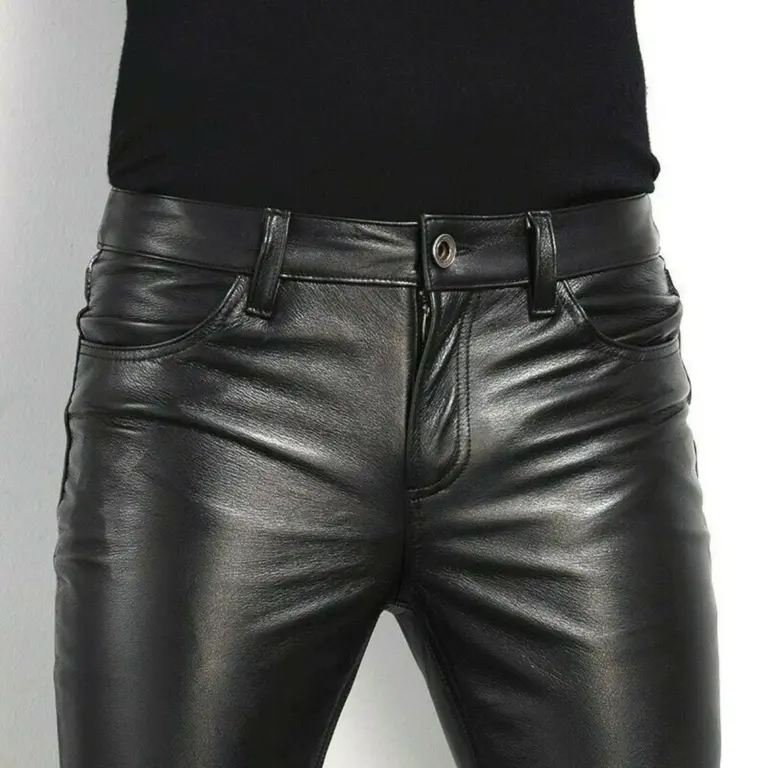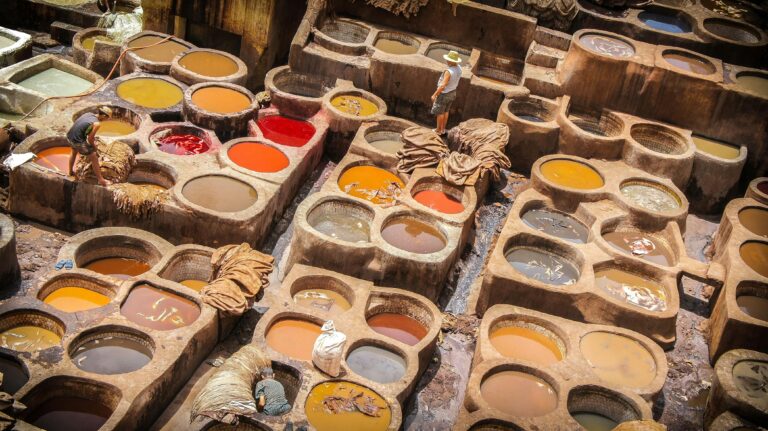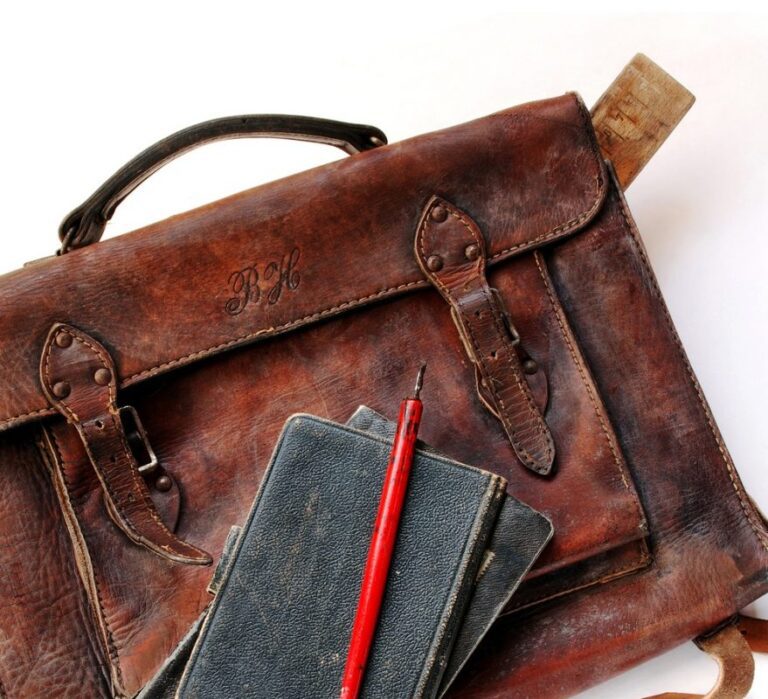Preserve and Protect: Essential Steps on How to Wash a Leather Jacket
Understanding Leather Jackets
Leather jackets are more than just a fashion statement. They have a rich history and offer versatility in both style and function. Here’s a closer look at why leather jackets are a beloved wardrobe staple.
Versatility of Leather Jackets
Leather jackets come in a variety of styles and materials, catering to different tastes and needs. From heavy-duty motorcycle jackets to fashionable outerwear, they serve multiple purposes. Leather jackets are known for being warm and windproof, making them ideal for outdoor activities. They can also be a stylish addition to your wardrobe.
- Motorcycle Jackets: Designed for protection and durability, these jackets are often made from thicker leather like cowhide.
- Fashion Jackets: Made from softer leathers like lambskin, these jackets offer a sleek and stylish appearance.
- Bomber Jackets: Originally designed for pilots, these jackets provide warmth and a classic look.
| Style | Typical Material | Purpose |
|---|---|---|
| Motorcycle | Cowhide | Protection, durability |
| Fashion | Lambskin | Style, comfort |
| Bomber | Various | Warmth, classic look |
To maintain your leather jacket, it’s essential to know how to wash leather jacket properly and avoid damaging it.
Cultural Significance
Leather jackets carry a rich cultural history and have been embraced by various subcultures and celebrities over the decades. Originally popularized by Marlon Brando in the 1953 film “The Wild One,” the iconic Schott leather jacket has been worn by numerous celebrities, including Rihanna and Kanye West (MAHI Leather). Brands like Schott, Belstaff, and John Varvatos continue to offer high-quality options catering to different needs and preferences.
Leather jackets have been symbolic of rebellion, style, and status. They continue to be a favored choice among celebrities and fashion icons, cementing their place in the annals of style.
| Iconic Figures | Jacket Style |
|---|---|
| Marlon Brando | Schott Motorcycle |
| Rihanna, Kanye West, Matthew McConaughey, Jay Z | Various |
Understanding the cultural significance and versatility of leather jackets can help you appreciate these stylish and functional garments even more. For more information on leather care, check our guide on how to wash leather gloves and how to soften hard leather jacket.
Types of Leather Used
Cowhide Leather
Cowhide leather jackets are renowned for their strength and durability. This type of leather is thick, sturdy, and provides exceptional weather protection, making it ideal for classic motorcycle jackets since the 1920s (Overland). Cowhide leather is also water and dirt-resistant, ensuring your jacket stands the test of time.
Deerskin Leather
Deerskin leather combines the robust qualities of cowhide with a softer and lighter feel. It is exceptionally comfortable, contours to your body, and becomes softer with each wear. This type of leather is commonly used in men’s and women’s jackets, handbags, and gloves (Overland).
Goatskin Leather
Goatskin leather is a softer and lighter alternative to cowhide, yet it remains highly durable. It is the choice material for aviator jackets used by the US Navy and Air Force. Known for its smooth, supple feel and characteristic pebble grain, goatskin leather offers a comfortable wear from the first use (Overland).
Lambskin Leather
Lambskin leather is prized for its extreme softness and lightweight properties. It is thinner than other types of leather, providing a flattering drape. High-end leather jackets, shoes, and furnishings often utilize lambskin due to its superior softness and luxurious feel (Overland).
Calfskin Leather
Calfskin leather offers a balance between the strength of cowhide and the softness of lambskin. Thicker and heavier than lambskin, this type of leather provides an excellent combination of functionality and fashion. It is often used in products that require both durability and a refined appearance.
To maintain your leather jacket’s quality, avoid using washing machines and instead follow our detailed guide on how to wash leather jacket. Proper care will ensure your investment lasts for years to come. For more insights, visit our sections on why does leather crack and peel and how to soften hard leather.
Leather Jacket Care Basics
To ensure your leather jacket remains in pristine condition for years to come, it is crucial to follow proper care guidelines. This section covers essential tips on how to wash a leather jacket, including avoiding washing machines, regular conditioning, and proper storage techniques.
Avoiding Washing Machines
One of the cardinal rules of leather care is to never wash your leather jacket in a washing machine. Immersing a leather jacket in water or subjecting it to the mechanical agitation of a washing machine can strip away the natural oils that keep the leather supple, leading to drying, cracking, and irreparable damage (MAHI Leather). Instead, opt for spot cleaning with a damp cloth to remove dirt and stains.
| Method | Effect on Leather |
|---|---|
| Washing Machine | Strips natural oils, leads to drying and cracking |
| Damp Cloth Cleaning | Maintains natural oils, gentle on the leather |
For further tips on washing leather items, you can consult our comprehensive guides on how to wash leather bag and how to wash leather gloves.
Regular Conditioning
Regular conditioning is crucial in maintaining the suppleness and sheen of your leather jacket. Quality leather should not flake or peel, but over time, it can become dry and lose its luster. Using a good quality leather conditioner helps to restore the leather’s surface and keep it hydrated.
Steps to condition your leather jacket:
- Clean the jacket with a damp cloth.
- Apply a small amount of leather conditioner to a soft cloth.
- Gently rub the conditioner into the leather in small circular motions.
- Let the conditioner absorb into the leather for a few hours.
- Buff the jacket with a clean, dry cloth to restore its shine.
Conditioning not only enhances the appearance of your jacket but also prolongs its lifespan. For more information on why leather may crack and peel, visit our page on why does leather crack and peel.
Proper Storage
Proper storage is another key element in the care of your leather jacket. Leather is susceptible to mold and mildew if stored in humid or damp conditions. Make sure to store your leather jacket in a cool, dry place, away from direct sunlight and heat sources. Using a breathable garment bag can provide additional protection against dust and environmental elements.
Tips for storing your leather jacket:
- Hang the jacket on a wide hanger to maintain its shape.
- Avoid plastic covers, as they can trap moisture and promote mold growth.
- Ensure the storage area has good air circulation.
By following these guidelines, you can keep your leather jacket looking its best and avoid common issues such as mold and mildew. For more specialized leather care tips, like how to remove specific smells from leather items, check out our articles on how to remove smell from leather jacket and how to remove smell from leather bag.
Cleaning the Exterior
Proper care and maintenance are essential to preserve and prolong the life of your leather jacket. Cleaning the exterior of your jacket regularly helps maintain its appearance and durability.
Damp Cloth Cleaning
One of the most gentle and effective ways to clean the exterior of your leather jacket is by using a damp cloth. Leather should be cleaned carefully to avoid damage, and it should never be completely immersed in water or washed in a machine, as this can ruin the material (MAHI Leather). Follow these steps for effective damp cloth cleaning:
- Wipe with a Damp Cloth: Lightly dampen a soft cloth with water. Gently wipe down the surface of the jacket to remove dust and superficial dirt.
- Dry Naturally: After cleaning, let the jacket dry naturally. Avoid using heat sources like hair dryers as they can dry out the leather and cause cracking.
- Condition Regularly: Use a leather conditioner periodically to keep the leather supple and prevent it from becoming stiff or cracked.
Avoiding Heavy Soiling
Preventing heavy soiling involves routine maintenance and mindful use to ensure your leather jacket remains in top condition. Here are some useful tips:
- Regular Maintenance: Regularly wipe your jacket with a damp cloth to remove dust and dirt, minimizing the risk of heavy soiling. Conditioning the leather also helps in this regard (MAHI Leather).
- Proper Storage: Store your jacket in a cool, dry place, away from direct sunlight, which can fade and dry out the leather. Use a well-ventilated closet and a padded hanger to maintain the jacket’s shape.
- Mindful Usage: Be cautious about wearing your leather jacket in environments where it could get excessively dirty or exposed to substances that are hard to clean.
Cleaning and maintaining your leather jacket will help preserve its beauty and extend its life. For challenges beyond regular cleaning, such as removing odors, you can refer to resources like how to remove smell from leather jacket for additional guidance.
By adhering to these steps, you can ensure your leather jacket stays clean and stylish for years to come.
Cleaning the Interior
Importance of Interior Cleaning
Cleaning the inside of a leather jacket is just as important as preserving its external appearance. Sweat can break down the lining and compromise the leather over time, leading to odors and potential damage. Regular maintenance of the interior can prolong the life and preserve the pristine condition of your jacket.
For interior cleaning, follow these steps:
- Turn your jacket inside out.
- Use a mild detergent solution and a soft cloth to gently clean the lining.
- Focus on areas that come in contact with your body, such as the underarms and back.
- Allow the jacket to air dry completely before wearing.
Sweat Management
Sweat management is crucial to maintaining a leather jacket. Left untreated, sweat can lead to undesirable smells and deterioration of the material. To keep your jacket fresh:
- Wear Layers
- Wearing layers such as a cotton shirt can help absorb sweat and protect the jacket’s lining.
- Use Underarm Pads
- Underarm pads can be effective in preventing sweat from reaching the lining.
- Regular Airing
- Hang your jacket in a well-ventilated area after each use to allow it to breathe.
- Odor Removal
- For persistent odors, use a diluted vinegar solution to gently wipe the interior. For more tips on removing smells, check out our guide on how to remove smell from leather jacket.
- Spot Cleaning
- Address sweat stains promptly by using a cloth dampened with a mixture of water and mild detergent. Dab gently and avoid rubbing harshly.
By prioritizing the cleanliness of your leather jacket’s interior, you can ensure it remains comfortable, fresh, and long-lasting. For further tips, explore our articles on how to wash leather bag, how to wash leather shoes, and how to wash leather pants.
Here is a simple table summarizing sweat management tips:
| Method | Description |
|---|---|
| Wear Layers | Use cotton shirts to absorb sweat |
| Use Underarm Pads | Insert pads under arms to prevent sweat contact |
| Regular Airing | Hang in a ventilated area |
| Odor Removal | Wipe with diluted vinegar solution |
| Spot Cleaning | Dab with water and mild detergent solution |
Maintaining the interior of your leather jacket not only helps in preserving its intimate comfort but also ensures why does leather crack and peel doesn’t become your concern.
Addressing Tough Stains
Using Gentle Cleaners
To maintain the aesthetic and longevity of your leather jacket, it’s crucial to address tough stains with care. Gentle cleaners are often the best choice for this task. Here are some effective methods:
- Soap and Water: Combine a mild soap with warm water. Use a soft cloth to gently rub the stained area.
- Toothpaste: Non-gel toothpaste can be applied to stains like ink. Rub gently with a cloth and wipe away any residue.
- Nail Polish Remover: For ink stains, a small amount of non-acetone nail polish remover can be effective.
- Baking Soda or Cornstarch: Sprinkle on oil or grease stains, let it sit, then gently brush off.
- Rubbing Alcohol: Useful for mold spots, applied sparingly with a cotton ball.
Always conduct a spot test on an inconspicuous area before using any of these methods. For more detailed information on cleaning methods, check out our article on how to get stains out of leather.
Spot Testing Methods
Proper cleaning of a leather jacket involves spot testing to prevent damage. Here’s how you can do it:
- Identify an Inconspicuous Area: Choose a hidden section of your jacket, like the inside of a seam.
- Apply the Cleaner: Using a soft cloth, apply a small amount of the chosen cleaner to the test area.
- Wait and Observe: Allow it to sit for a few minutes, then check for any adverse reactions such as discoloration or texture change.
- Proceed Cautiously: If the spot test is successful, proceed with cleaning the stained area.
By following these steps, you ensure that the leather jacket remains intact and is properly maintained (Buffalo Jackson). For additional tips on maintaining leather items, visit our guide on how to wash leather jacket.

